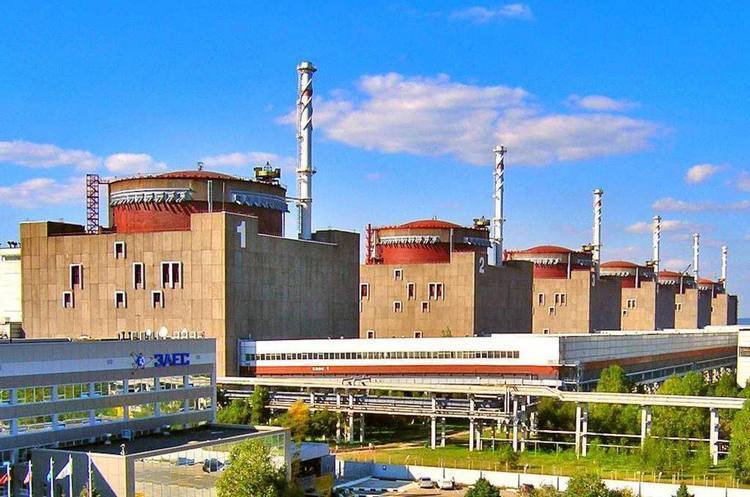IAEA confirms that ZNPP territory remains mined
The organization is concerned about the level of staffing at the plant - there is an acute shortage

Mines laid by the occupiers earlier remain on the territory of the Zaporizhzhya NPP occupied by Russia.
This is stated in the statement of the IAEA Director General Rafael Mariano Grossi, published on the organization's website.
"During the inspection of the ZNPP site, the team did not notice any heavy weapons, but confirmed that the mines reported earlier remained in place," the statement said.
It is noted that the IAEA experts visited the main control panels of power units 2, 5 and 6. They recorded that power units 2 and 5 remain in a state of "cold" shutdown, and power unit 6 is in a state of "hot" shutdown.
In addition, the team visited the emergency diesel generators of Units 4 and 5 and walked the perimeter of the plant.
The level of staffing at the plant continues to be a concern for the IAEA, as a significant number of personnel have left ZNPP since the beginning of the invasion, including licensed operators from the main control rooms. The IAEA experts at ZNPP were informed that the recruitment of additional personnel from Russian NPPs is ongoing and they are being trained in accordance with Russian regulations. The IAEA team continues to collect information on the number and qualifications of the main control room operators to better understand the situation.
The IAEA experts confirmed that the radiation level at ZNPP remains normal after radiation monitoring using a mobile backpack system.
The status of the external power supply to ZNPP has not changed, and the site receives electricity from the last of four 750 kV lines and from one of six 330 kV outgoing lines connected to the Ukrainian power grid. The IAEA team was not provided with any information about the possible restoration of other high-voltage lines, the statement said.
As reported, IAEA representatives discovered anti-personnel mines on the territory of Zaporizhzhia NPP on July 23 in the buffer zone between the barriers of the inner and outer perimeters of the plant.
If you have read this article to the end, we hope that means it was useful for you.
We work to ensure that our journalistic and analytical work is of high quality, and we strive to perform it as competently as possible. This also requires financial independence. Support us for only UAH 196 per month.
Become a Mind subscriber for just USD 5 per month and support the development of independent business journalism!
You can unsubscribe at any time in your LIQPAY account or by sending us an email: [email protected]



